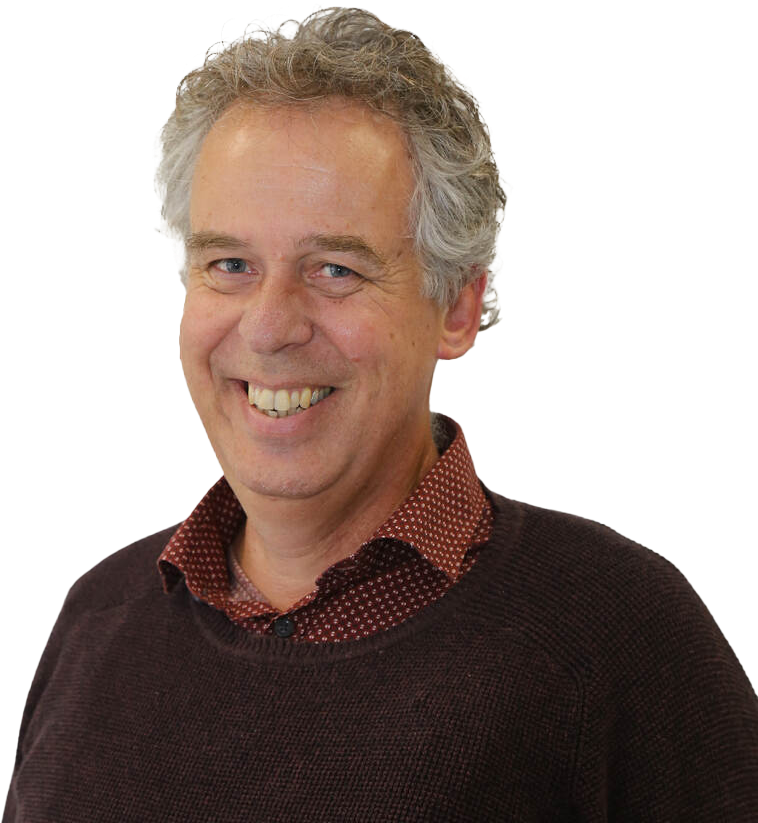De “crisissen” van tegenwoordig hebben voor 90% allemaal te maken met input. Meer specifiek, de hoge energie kosten. En nog specifieker de hoge kosten van fossiele brandstoffen. Laten we eerlijk zijn: Olie, benzine en diesel zijn “energie bronnen” net als kunstmest en krachtvoer. En in feite zijn de kosten voor een goede productie – (wanneer je in het bedrijfsmodel zit, gericht op een zo hoog mogelijke melk productie), het gebruik en onderhoud van machines zijn in de eerste plaats ‘energie kosten’.
Alles wat we doen binnen de veehouderij kan gemeten worden aan de energie dat het kost.
Het volume en de kosten van de energie die we gebruiken – en vooral energie uit fossiele brandstoffen is rechtstreeks van grote invloed op onze rentabiliteit van het melkveebedrijf.
En op dit moment is er iemand die zegt: “Verdorie, elke domkop weet dat. Als de kosten van kunstmest, krachtvoer en brandstoffen stijgen, daalt onze winst.”
Maar eerlijk gezegd, zo voeren we niet ons melkveebedrijf. Want we streven naar steeds hogere input want er moet productie gedraaid worden, we willen naar een steeds hogere melkproductie p/koe.
Het is tijd om anders te gaan denken
Het toekomstige verdienmodel en het toekomstige economische succes van uw melkveebedrijf zal sterk afhangen van de grote van uw input aan ‘energie’ die u gebruikt om een liter melk te produceren, te beheersen of te verminderen. Het gaat hier om de fundamentele mentaliteit die jij hebt om te zoeken naar manieren om de hoeveelheid energie die jij gebruik te verminderen.
Het is uiterst moeilijk om kleine wijzigingen aan te brengen in het huidige High-input High-output systeem om met een nieuw modern systeem te komen dat minder ‘energie’ gebruikt. De beste melkveehouders zullen aanzienlijk structurele aanpassingen en veranderingen in hun bedrijfsvoering moeten doorvoeren, en die veranderingen zullen onder meer inhouden dat ze meer voordeel halen uit zonne-energie en minder energie uit fossiele brandstoffen.
Enkele ideeën om te overwegen
Ga over op een meer seizoensgebonden bedrijfsmodel, waarbij de energie behoefte van uw veestapel is afgestemd op de grasgroei, beweiding en minder op input. Als u gewoon de permanente kudde koeien moet/wil aanhouden, in plaats van de wilde actie; Jaarrond kalvende veestapel de deur uit en voorjaarskalvende veestapel erin.
Ga op zoek naar vee dat in staat is om met een zo laag mogelijke input een zo goed mogelijk product neer kan zetten. En dat het ruwvoer dat jij met behulp van zonne-energie verbouwt op een zo’n efficiënt mogelijke manier benut. Stem de totale ruwvoer productie van jouw bedrijf af op de vraag.
Mocht je geïnteresseerd zijn om je bedrijf zo goed mogelijk af te stemmen op een zo laag mogelijk input, adviseer ik je om deel te nemen aan de Pure Graze Beweidingscursus. In deze cursus leren we je o.a. hoe je je ruwvoer productie het best kunt afstemmen op de vraag.
De resultaten in het eerste jaar zijn:
1. Krachtvoer besparing van 3 tot 5kg p/koe p/dag
– Bij een veestapel van 100 melkkoeien:
3kg p/koe x 100 koeien x 365 dagen x €0,50 (A-brok) = €54.750,-
2. Groenvoer productie verhoging van 3.000kg tot 5.000kg d.s. p/ha
– Weid je op een huiskavel van 20 hectare, geeft dit een besparing op kosten van:
3.000kg x 20 hectare x €0,50 = €30.000,-
3. Graasseizoen verlengen met 2 tot 3 maand
– Gemiddeld kost een koe per maand op stal: €200,-
– We gaan hier uit van 100 koeien
– Wanneer we 2 maand langer door kunnen weiden p/jaar geeft dit een besparing van:
100 koeien x €200,- x 2 maand = €40.000,-
Als we de bovenstaande besparingen bij elkaar optellen, komen we door de focus te gaan leggen op maximalisatie van de beweiding op een besparing van:
€54.750,- + €30.000,- + €40.000,- = €124.750,-
Er is nu tijdelijk een korting van 15% op de Cursus: Weiden in de zomer!



